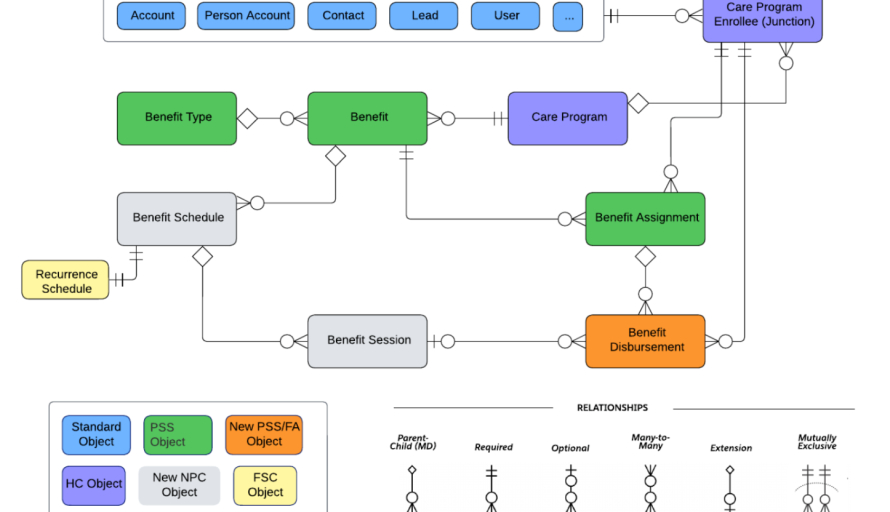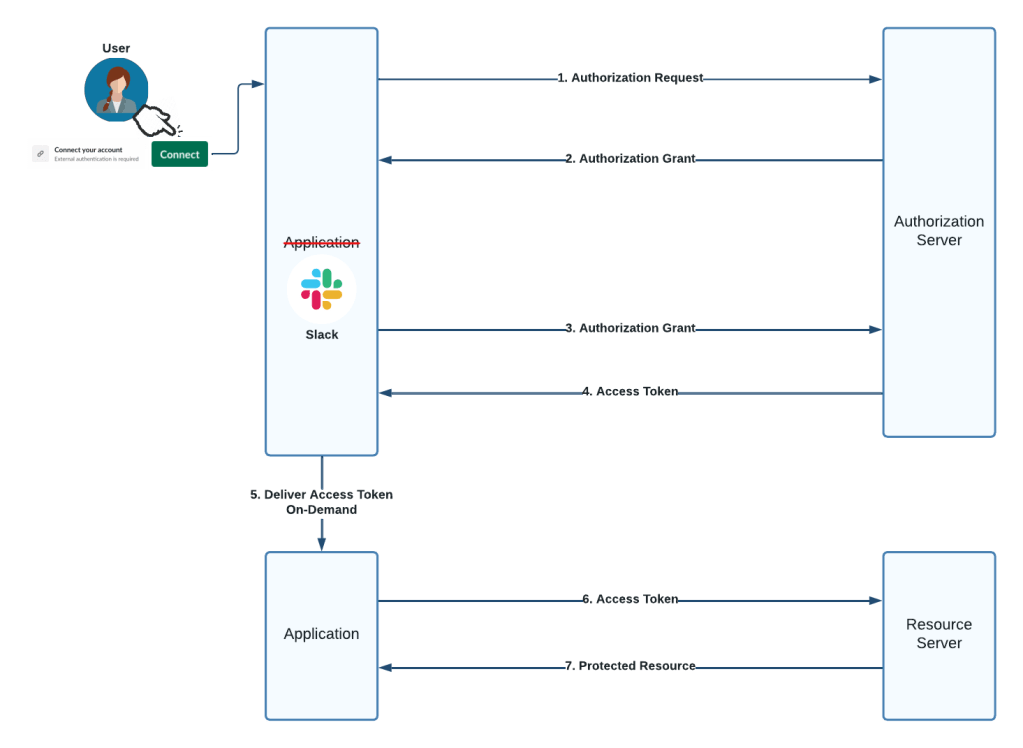
Written by Pratima Shukla and Scott Nyberg.
In our “Engineering Energizers” Q&A series, we examine the professional life experiences that have shaped Salesforce Engineering leaders. In this special edition, we meet Pratima Shukla, a software engineering manager based in Bangalore, India. In her role, Pratima leads Salesforce India’s Industries Cloud Public Sector Solution (PSS) team, where she is responsible for delivering cutting-edge automation capabilities for state and local governments.
Read on to learn how Pratima and her team overcome complex engineering problems by combining innovation with organization-wide collaboration.
What’s a critical problem that Salesforce customers face, and how does automation help?
Governments and companies around the world are drowning in data — lacking resources to process their volumes of paperwork and review countless applications. My team helps them win that battle by developing Public Sector Solution (PSS) — automation software that slashes the time it takes to process documents from minutes or even hours to mere seconds.
What does this look like? Let’s take a government motor vehicle agency — they may receive 500 driver license applications each day. A single employee may be tasked with verifying each application’s data, and they may only have time to review 20 applications per day. That is where PSS comes in. The software largely removes the human from the loop, as PSS’ automation system ingests the applicant’s information and instantly performs the verification process.

Pratima (far right) manages two PSS scrum teams based in Bangalore and Hyderabad.
What’s the secret to rapidly engineering new PSS automation features?
Collaboration is the name of the game. The PSS team, along with engineering teams throughout Salesforce, create features that are designed to be interoperable across industry verticals. For example, a feature designed for a state government customer might also satisfy the requirements of a healthcare customer.
Once we identify a customer feature requirement, the PSS team will look internally to determine if other product teams have already created a similar feature — residing within another Salesforce product — and if the feature will fulfill the customer’s requirement. That is the path of least resistance and is a common practice within Salesforce Engineering, where teams share features amongst themselves — saving considerable development time and expense.
In instances where the feature has not been built, our team will build it from scratch, which sometimes is the most practical approach.
How does your automation team pivot if another’s team feature doesn’t fully fit your customer’s requirements?
Interestingly, 90% of the time, another team’s feature is not 100% reusable because that team built their feature uniquely for a specific sector. That means our team must make enhancements to that feature — without impacting current customers.
Pivoting can be challenging because we cannot control what we cannot control. For example, our production roadmap then becomes dependent on their production roadmap — meaning if their timeline slips, then our product’s timeline slips as well.
Pratima explores the engineering challenges that keep her up at night.
What is a great challenge that your automation team tackled recently?
In a recent PSS release, we tackled a customer use case that required a business rules engine for ingesting a tremendous amount of data and performing complex calculations — enabling the customer to decipher which persons would qualify for certain benefits.
Our team kicked off the process by looking internally — did Industries Cloud have a rules-type tool that was already available? It did not, so we looked more broadly across the various Salesforce clouds. When the team could not find an optimal solution there, it sparked a challenging search across the external open source market. Once we found a tool, it introduced tough questions:
- Do we want to bring the tool within the Salesforce platform? If so, how?
- Can we afford the associated costs?
- Will the tool solve our problem or potentially create more problems?
Ultimately, the team felt the market offered no perfect solution, and it would be easier and cheaper to build the solution from scratch.
What is the hardest part about building an automation feature from scratch and how do you overcome it?
Time is the enemy. In the case above, we needed to deliver the basic rule builder in just three months. Luckily, the Salesforce Flow team — designers of the Flow workflow automation solution — had a framework that conceptually supported our design, however, we needed to reconfigure it. This helped speed development.

An example PSS framework that supports both medical and financial use cases.
Using our combined expertise, the PSS team enhanced the Flow framework and built new features on top of it, which exceeded the customer’s expectations. Additionally, our feature won the Singapore Good Design Mark (SG Mark) 2022 Award, which was a real honor for our team as SG Mark is considered the standard for exceptional design quality that impacts businesses in Singapore and beyond.
Your automation team innovates within a deadline-driven, fast-paced environment. How does Salesforce help junior engineers succeed in this framework?
Salesforce Engineering is dedicated to helping our engineers thrive by helping them build their technical knowledge. For example, Engineering offers a speed mentoring meet-and-greet program for women engineers, where a senior mentor meets one-on-one with a junior mentee for 30 minutes, discussing a specific question posed by the mentee.
This advice is invaluable as it helps the junior engineer gain clarity on any project-related or professional development issues. Additionally, the introduction may also serve as a bridge to the future, creating opportunities for them to collaborate on future projects.

Pratima dives deeper into Salesforce’s multiple mentorship programs.
Learn more
- Want to learn more about Salesforce automation? Read this blog to explore how Marketing Cloud’s new automation systems are updating 500M+ marketing leads daily.
- Check out our Technology and Product teams to learn how you can get involved.
- Stay connected – join our Talent Community!






